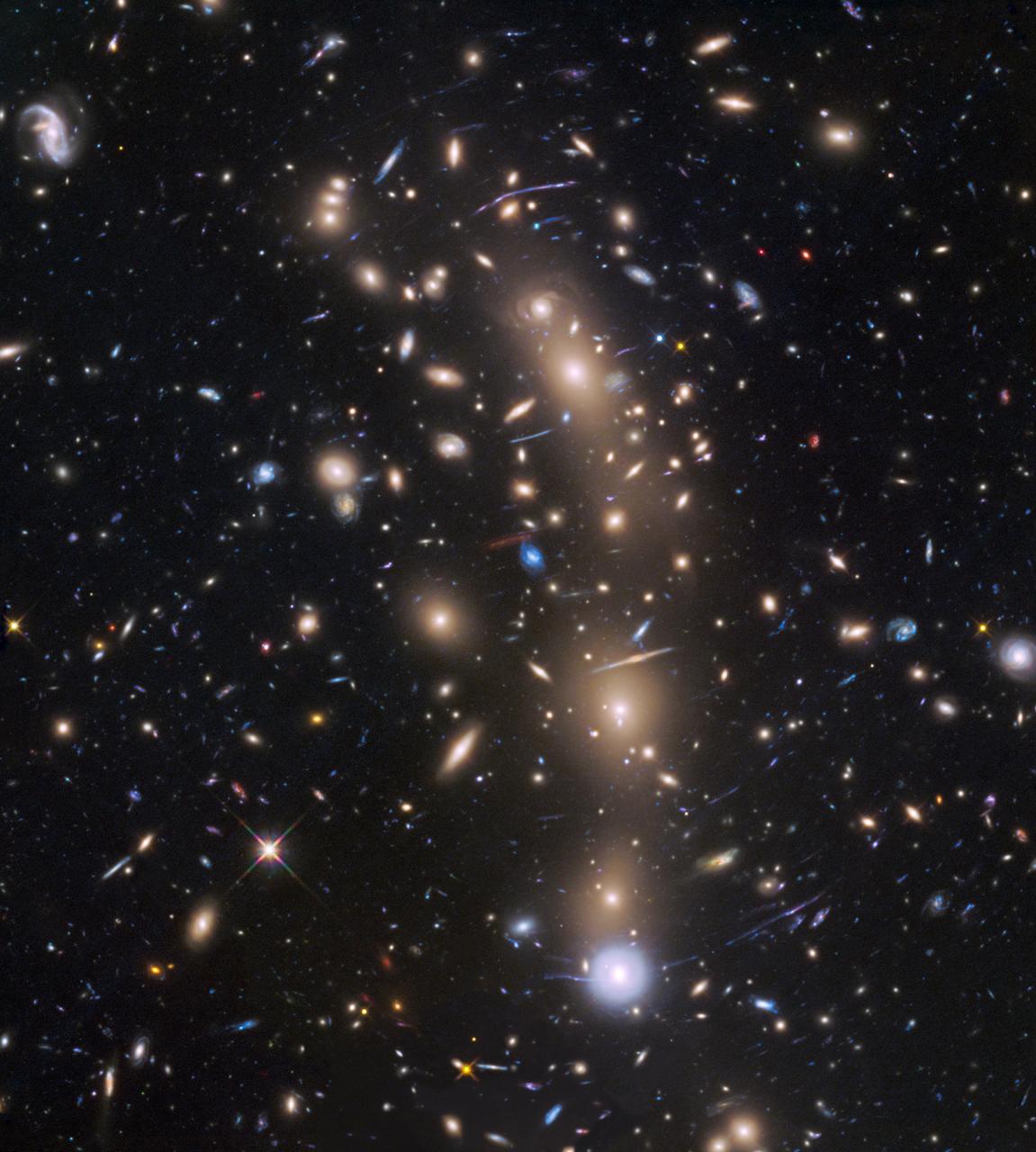
Is there anyone who hasn't stood in the night, looking up to the expanse above, and wondered? How I wonder what you are....
The Christmas season reminds us of the star of Bethlehem. The bright, incomparable star that was a map for Magi. The star that led the way for traveling wise men in search of a king. Wise men who had studied the heavens, astronomers, who had seen changes and knew something extraordinary was happening. Intelligent men who plotted the paths of stars when my Anglo ancestors were still nomadic because they had not learned how to store food. Men looking for answers.
There has been rampant speculation for hundreds of years about the source of the star. Some believe an alignment of planets. Others think it was a comet or supernova.
Why is it so hard for some to believe that the star was created specifically for the glorious birth of the Savior?
Could the King of glory become human and live among us without 'stirring up' all creation?

And God said, "Let there be lights in the expanse of the sky to separate the day from the night, and let them serve as signs to mark seasons and days and years, and let them be lights in the expanse of the sky to give light on the earth." Gen 1:14-15.

Psalm 19: 1-4 The heavens declare the glory of God; The skies proclaim the work of his hands. Day after day they pour forth speech; Night after night they display knowledge. There is no speech or language where their voice is not heard. Their voice goes out into all the earth, Their words to the ends of the world.

He determines the number of the stars and calls them each by name. Psalm 147:4.

Lift your eyes and look to the heavens: Who created all these? He who brings out the starry host one by one, and calls them each by name. Because of his great power and mighty strength, not one of them is missing. Isaiah 40:26.

After Jesus was born in Bethlehem in Judea, during the time of King Herod, Magi from the east come to Jerusalem and asked, "Where is the the one who has been born king of the Jews? We saw his star in the east and have come to worship him. Matthew 2:2.
Heaven wasn't surprised when the star appeared. It was no accident of nature, no regular cycle of the universe. The star was for the Child!
*NASA photos
Comments
Post a Comment